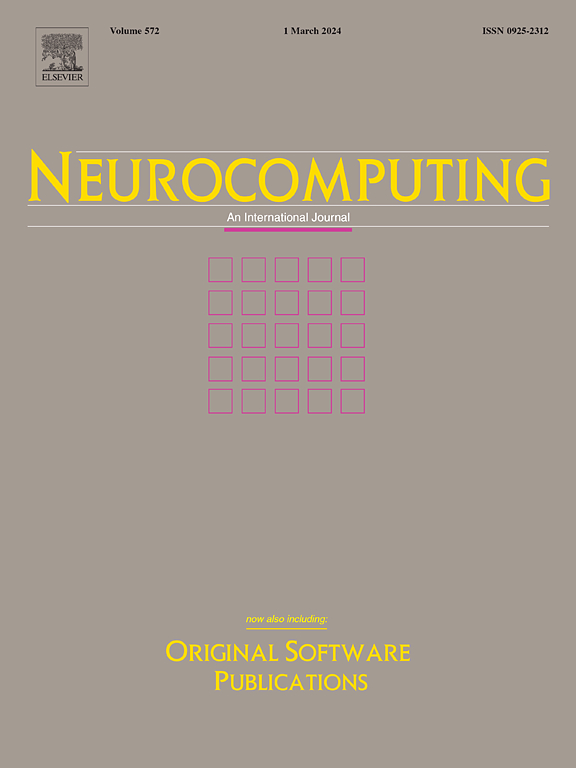MSHRT-Net: Multi-scale hierarchical residual transfer network for image manipulation detection and localization
IF 5.5
2区 计算机科学
Q1 COMPUTER SCIENCE, ARTIFICIAL INTELLIGENCE
引用次数: 0
Abstract
The proliferation of malicious image tampering has triggered a trust crisis in the authenticity of visual content, posing potential risks. However, existing methods have limitations when dealing with complex tampering. With the rapid development of forgery techniques and the increasing stealthiness of tampering methods, these methods are gradually becoming ineffective, struggling to effectively detect and accurately locate the tampered areas in images. To address this issue, we have developed the Multi-Scale Hierarchical Residual Transfer Network (MSHRT-Net), which focuses on edge texture and multi-scale information extraction for efficient image tampering detection and localization. Specifically, the Adaptive Gabor Texture Extractor (AGTE) employs a dual-stream-like structure with edge texture and spatial features extracted in parallel. To enhance the expressiveness of the extracted features, we presented the Multi-Scale Hierarchical Residual Module (MSHRM) as the encoder-decoder layer of the backbone network, which captured global and local information via three parallel branches at distinct scales. Subsequently, the Detail-Preserving Skip Module (DPSM), constructed with skip connections, further improves the network’s feature-capturing capability. Additionally, to address inconsistencies between features at different scales, we designed a Dual-Dimensional Attention Module (DAM), which filtered critical information from coarse feature maps while suppressing irrelevant content. Finally, to address tampering-type imbalance in training data, we proposed a class of loss functions that improved the model’s ability to detect and localize various types of tampering. Extensive experimental validation on multiple datasets demonstrates that our model surpasses previous methods, particularly on the DSO dataset with realistic scenarios (pixel-level AUC and IoU: 0.993, 0.966).
MSHRT-Net:用于图像处理检测和定位的多尺度分层残差传递网络
恶意篡改图像的泛滥引发了人们对视觉内容真实性的信任危机,带来了潜在的风险。然而,现有的方法在处理复杂的篡改时存在局限性。随着伪造技术的快速发展和篡改方法的隐蔽性越来越强,这些方法逐渐失效,难以有效检测和准确定位图像中的篡改区域。为了解决这一问题,我们开发了多尺度分层残差转移网络(MSHRT-Net),该网络专注于边缘纹理和多尺度信息提取,以实现有效的图像篡改检测和定位。具体而言,自适应Gabor纹理提取器(AGTE)采用双流结构,并行提取边缘纹理和空间特征。为了增强提取特征的表达能力,我们提出了多尺度分层残差模块(MSHRM)作为主干网的编解码器层,通过三个不同尺度的并行分支捕获全局和局部信息。在此基础上,利用跳点连接构造了保细节跳点模块(DPSM),进一步提高了网络的特征捕获能力。此外,为了解决不同尺度特征之间的不一致性,我们设计了一个二维注意模块(DAM),该模块从粗特征映射中过滤关键信息,同时抑制无关内容。最后,为了解决训练数据中的篡改类型不平衡问题,我们提出了一类损失函数,提高了模型检测和定位各种类型篡改的能力。在多个数据集上进行的大量实验验证表明,我们的模型优于以前的方法,特别是在具有现实场景的DSO数据集上(像素级AUC和IoU: 0.993, 0.966)。
本文章由计算机程序翻译,如有差异,请以英文原文为准。
求助全文
约1分钟内获得全文
求助全文
来源期刊

Neurocomputing
工程技术-计算机:人工智能
CiteScore
13.10
自引率
10.00%
发文量
1382
审稿时长
70 days
期刊介绍:
Neurocomputing publishes articles describing recent fundamental contributions in the field of neurocomputing. Neurocomputing theory, practice and applications are the essential topics being covered.
 求助内容:
求助内容: 应助结果提醒方式:
应助结果提醒方式:


